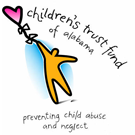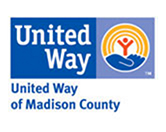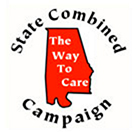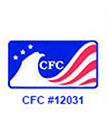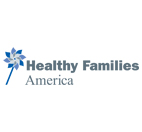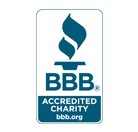The Facts About Child Sexual Abuse Material
Images and videos that show a child engaged in a sexual activity, or even appearing to engage in a sexual activity constitutes child sexual abuse material (CSAM). The legal term in the United States is child pornography. So, why are we calling it something different? Child pornography implies consent, and a child cannot legally give consent.
With either label, the facts about CSAM remain the same.
First, in every instance, CSAM is sexual abuse and exploitation of a child. However, the abuse does not end – even when the child is safe. Every time the material is shared or viewed, that child is victimized all over again. According to this recent survey, the recording of the sexual abuse has a life long impact on the victim.
Who are the victims?
We know that the majority are girls. Boys who are victimized are most often prepubescent and experience extreme abuse. Younger children, who have not reached puberty, are at the greatest risk.
Who are the offenders?
Starting with the producers of CSAM, the abusers are most often someone a child knows: a parent, guardian, neighbor, or friend. Just like sexual abuse that is not recorded – the perpetrator is most often someone with access to the child. According to data, CSAM producers are most often middle-aged men, who are socially isolated.
While the creator of the CSAM is the initial abuser, its lifespan relies on the consumers. These consumers find this material through peer-to-peer file sharing networks and the darknet. But they also consume on more mainstream platforms like live streams, messaging apps, and social media.
What can you do?
Talk to your child about sexual abuse and healthy boundaries. Make sure they know to come to you or another trusted adult if someone makes them feel uncomfortable. Play the “what if” game. For example, ask your child what they would do if someone made a sexually explicit comment or touched them in a way that made them feel uncomfortable.
If a child does come to you with concerns or after the abuse has happened, stay calm and thank the child for trusting you. Contact law enforcement to report the crime. Support the child throughout the legal and therapeutic process.
More resources:
National Center for Missing And Exploited Children
In the coming weeks, watch the NCAC social media pages for content you can share!


